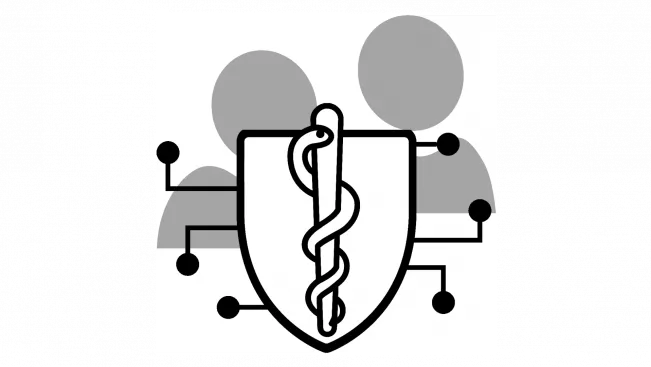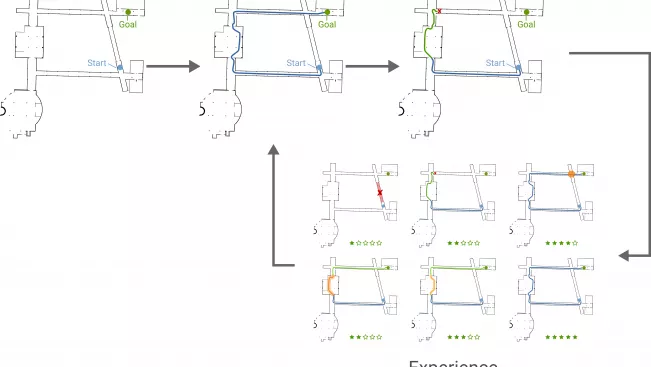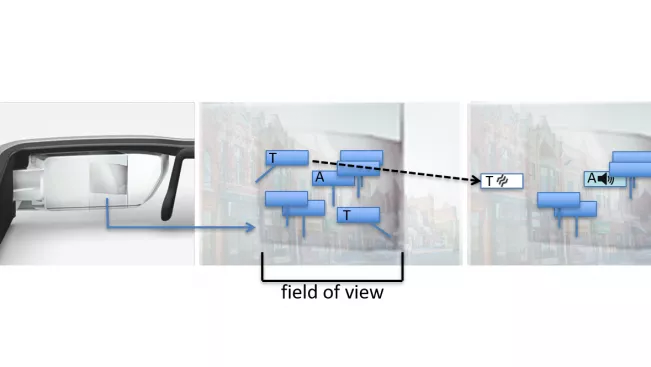Research at the university
Research Database: Projects
Forschungsprojekte (229)
SYNergie is a joint project with the Julius Kühn Institute (JKI) and the Osnabrück University of Applied Sciences and is funded by the German Federal Ministry of Food and Agriculture (BMEL). The aim of the project is the detection and inactivation of the potato fungus Synchytrium endobioticum (SE). This fungus uses potato plants as a host plant and triggers the so-called potato wart disease. Due to the formation of very resistant permanent sori (encapsulated spores) in the soil, which last up to 46 years, Synchytrium endobioticum has been classified as a quarantine pathogen.
Project management at the H-BRS
Prof. Dr Peter-Michael KaulMedical Centre Employee Centered Information Security Awareness
Online remote training for assembly, operation and maintenance is advantageous in the industry to save time and money, especially when corporations have locations on several continents (e.g. automotive industry, oil companies, etc.) Currently, remote training experience is limited due to limited camera perspectives and the lack of suitable navigation techniques for the camera view depending on the task. In this PhD project, PhD student Saugata Biswas develops an autonomous camera viewpoint management system using a robotic arm in a multi-camera training scenario. This PhD thesis will focus on improving the online training experience of remote trainees.
Computer-generated images are ubiquitous in our modern visual world. Manufacturing, entertainment, education and many other industries require real or fictional virtual 3D models to represent a variety of different scenarios. Modern computer graphics produce high quality visual and even photorealistic content. However, this quality has two major drawbacks: First, the calculation of many visual effects based on traditional methods is inefficient and involves long calculation times. Secondly, as image quality increases, so does the demand for extremely fine geometry to represent the desired scene. As a result, manual post-processing, which is time-consuming and tedious, is required. Whether individual objects or entire scenes, every little detail is positioned by hand, including geometry, light sources or object materials. Doctoral student Daniel Bachmannn is taking a depth-generative approach with neuronal networks, in particular neural rendering. Here, features such as the shape or colour of virtual objects or scenes are encoded as learned weights that are stored by neural networks. This internal representation is called a neural scene representation (NSR) - a non-discretising, implicit form of storing scene data.
Humans are able to come up with plans to achieve their goals, and to adapt them to changes in their environment, finding fixes, alternatives and taking advantages of opportunities without much deliberation. Despite decades of research, artificial agents, such as robots, are not as robust or as flexible. If we look at how we manage to get things done despite the ever-changing environments and our own lack of omniscience we find that this is most often accomplished by making substitutions for missing or unavailable objects and making assumptions about objects for which we have limited information. Enabling service robots, operating in domestic environments to use these two techniques to support human users is the aim of the work of doctoral student Iman Awaad.
In long-term missions, robots repeat their programmed tasks over and over again, creating new plans each time. One of PhD student Argentina Ortega's research goals is to investigate how robots can improve their planning by using information from their previous runs. From this information, she creates experience models so that robots can reuse their previous plans in an optimised form. This reduces deployment costs while increasing transparency, explainability and system throughput.
Data glasses are glasses in whose field of vision all imaginable information is displayed visually at the same time. However, even modern data glasses only have a very limited field of vision. Unwanted side effects such as distortion, incorrect depth interpretation or poor legibility of information are the result - especially with increasing information density. At H-BRS, common interdisciplinary view management methods are researched and improved. For example, part of the visual digital information is to be converted into audio and vibration stimuli. Alexander Marquardt's focus is on the design, development and technical implementation of this novel, multisensory information supply. His goal is to reduce visual complexity. It also aims to draw the user's attention in the most intuitive way possible to the information that is of particular interest to him or her.
Force fields have a very large influence on the simulation results of molecules and are the subject of Robin Strickstrock's PhD. The main focus of his research is the (further) development of an automated, algorithm-driven optimisation of the force field parameters, which enables the computer simulations to reproduce or predict properties of new substances on both a molecular and macroscopic level.
In recent years, the collective participation of citizens has increasingly found its way into the German health care system in order to make health policy decisions that better meet the needs of patients. Because of the challenges in the implementation of collective participation as well as the ongoing discussion about the democratic deficit in the German health care system, PhD student Sandra Wrzeziono examines the understanding of democracy of citizens by means of qualitative interviews. The project aims to shed more light on the implications for the future design of institutionalized citizen participation.
Raw meat quickly shows bacterial infestation. If the infected meat is consumed, it can be a health hazard above a certain amount. Daniel Klein therefore wants to make contaminations (e.g. bacteria) visible on complex surfaces (e.g. meat). He combines spectroscopic data from IR and Raman spectroscopy from the same measuring regions to show where contaminations can be found. The combination of the two methods should increase the information content of the data set and at the same time reduce the error rate in contamination detection.
Contact Points
Centre for Science and Technology Transfer (ZWT)
Room
F 405
Vice President Research and Transfer
Campus
Sankt Augustin



